Malnutrition
Malnutrition is the most often missed piece of the wound healing puzzle and we correct malnutrition with our patients so that they may heal optimally. Even if someone is overweight, they can still be malnourished!
So many patients have come to us with non-healing wounds and we can easily assess their needs with a simple 10 breathing test called Indirect Calorimetry.


Eat to Heal Your Body
Ensuring that your body has enough protein, carbohydrates and fats is essential to wound healing. In addition, the breakdown of protein, carbohydrates and fat must be in certain proportions in order to get your non-healing wound to heal, despite other medical treatments that you may need.
When someone has a non-healing wound like a pressure ulcer, three times the normal recommended daily amount of protein is required in order to keep up with the body’s demands. In this example, the body is in a constant state of energy demand in trying to heal the wound, even though it’s not visible from the outside.
In Some Cases...
Surprisingly, most people cannot eat the high number of calories that may be required. In these instances, PEG tube placement for supplemental tube feeding may first be recommended before Total Parenteral Nutrition (TPN) is used to feed a person intravenously, supplementing the usual process of eating and digestion. The person receives a nutritional formula that contain nutrients such as glucose, salts, amino acids, lipids, vitamins, minerals as well as the correct proportions of proteins, fats, and carbohydrates.


Encompass is here to help.
In prolonged states of malnutrition from a non-healing wound, the body will actually begin to break down protein for energy needs thereby reducing available protein for structural healing and function. This biochemical anomaly may require anabolic steroids or growth hormone for reversal.
This is a difficult cycle to break, but at Encompass Healthcare and Wound Medicine, we can help diagnose and reverse malnutrition. Call our office at 248-624-9800.


